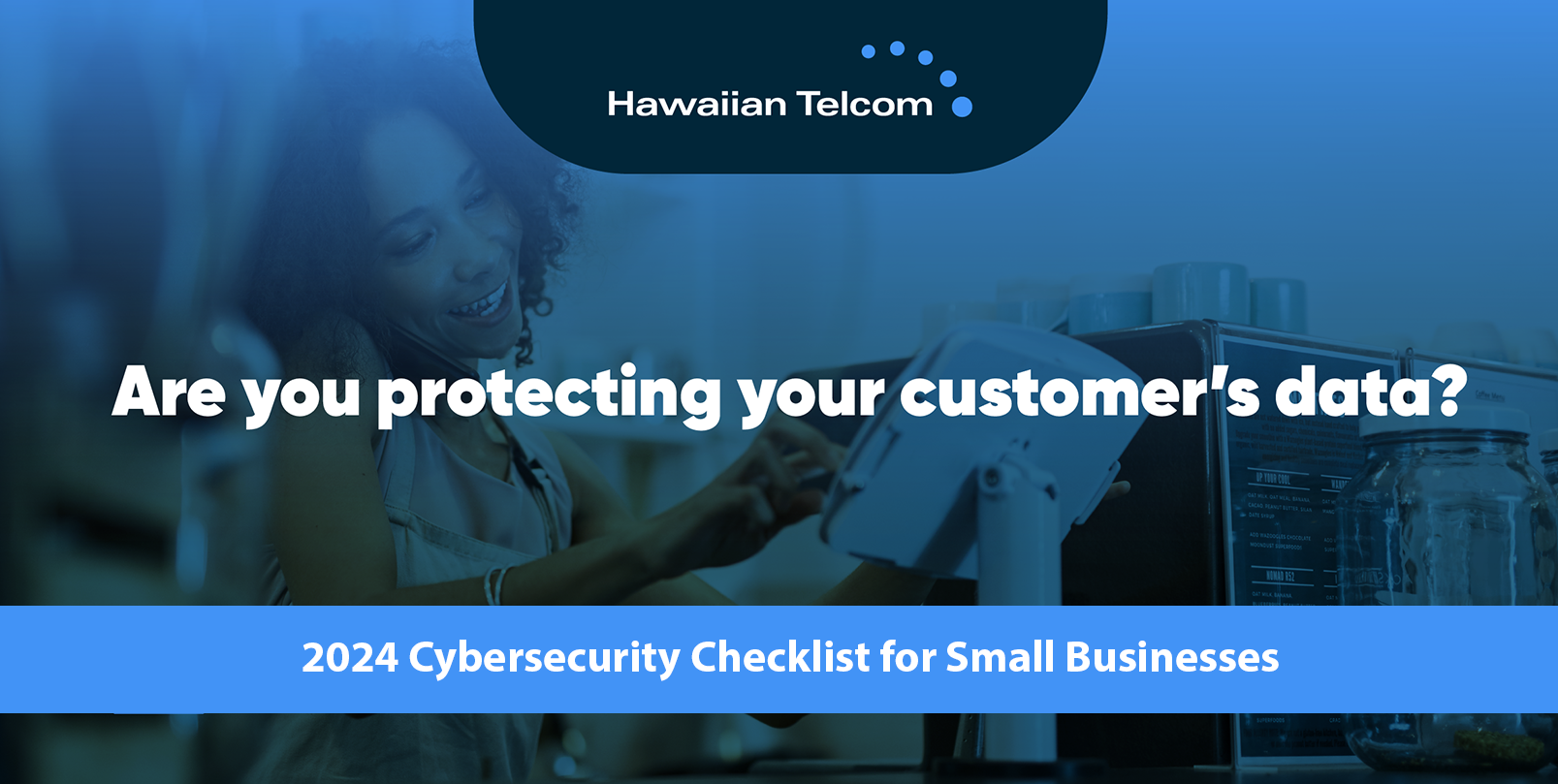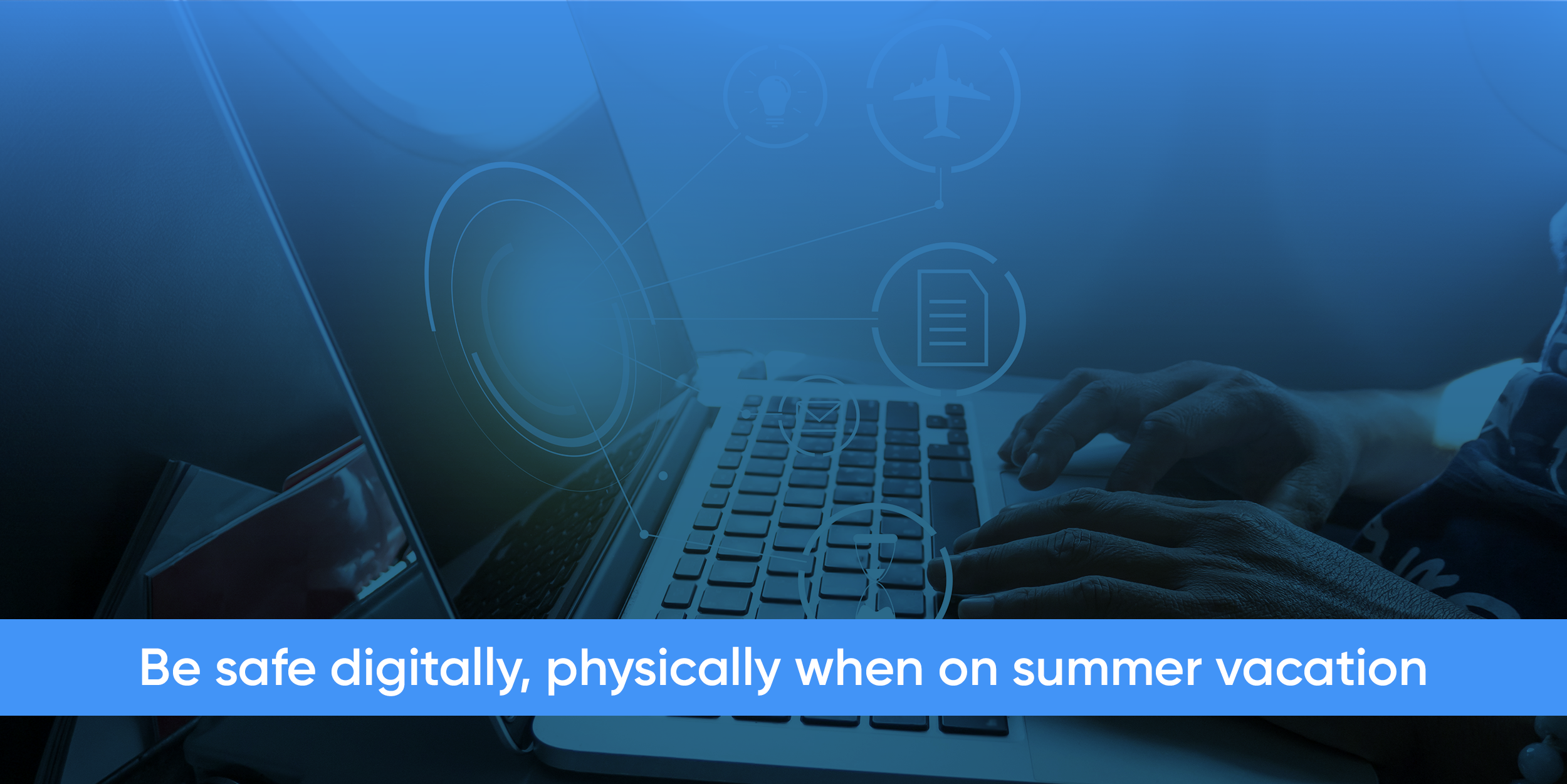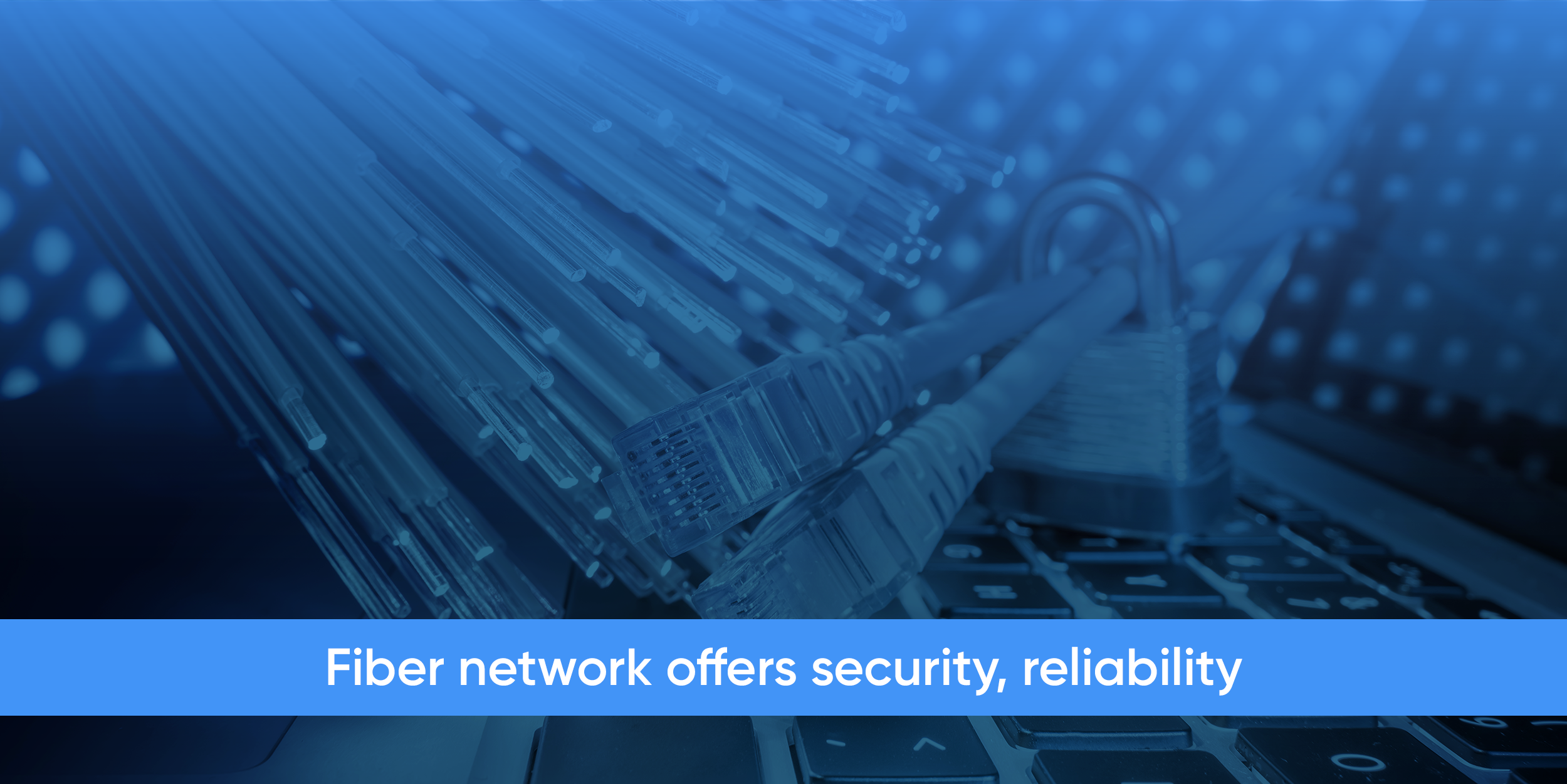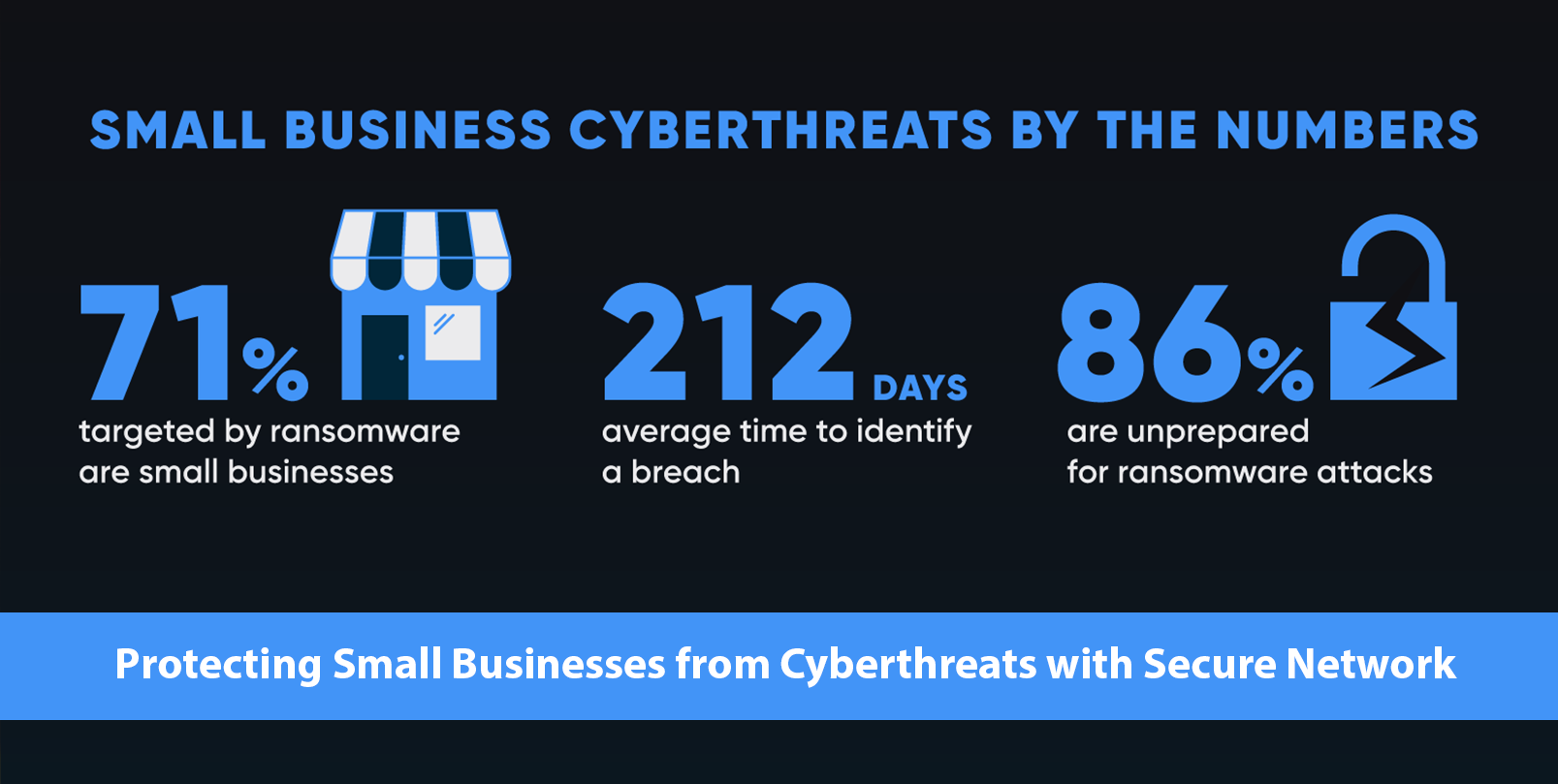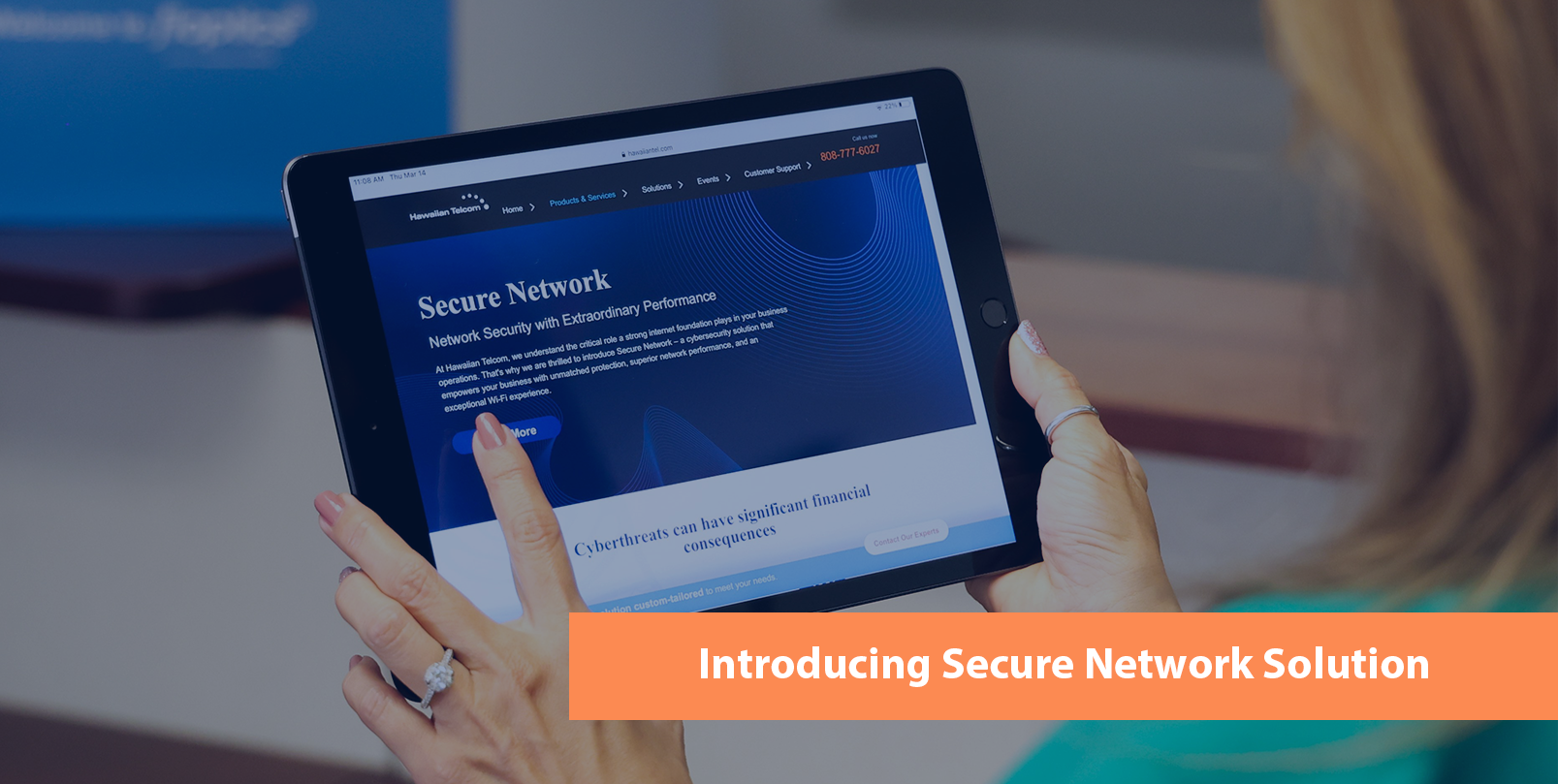2024 Cybersecurity Checklist for Small Businesses
71% of ransomware attacks impact small businesses. Aside from the devastating financial implications, a ransomware attack often results in the exposure of sensitive customer information, eroding trust with current and prospective clients. How well does your business protect customer data? Evaluate your cybersecurity posture with this best practices checklist. Click the image to download the pdf file.

- Are you aware of all laws, regulations, or compliance standards you are legally bound to adhere to regarding cybersecurity?
As cyberattacks increase in frequency and severity; state and federal governments have passed laws to ensure organizations do a reasonable amount to protect their customer's data from would-be bad guys. Following these laws are not optional, so using them as a starting place for your security programs is a wise decision.
- Do you maintain a complete inventory of devices and is your network segmented to separate different types of devices to reduce risk?
Maintaining a complete and up-to-date inventory of hardware and software in your environment is critical in understanding the surfaces that a cybercriminal could attack, ensuring you know what needs to be patched and updated, and is also critical during incident response so you know where someone could be hiding.
Once you have that inventory, segmenting your network to protect higher-risk information from the less secure devices gives you a big head-start on protecting your organization. For example, separating POS systems, which must be PCI compliant, from a smart TV that displays your menu items, helps reduce the risk to your organization.
- Are updates routinely installed on all devices on your network?
All hardware and software has flaws. When these flaws are discovered, reputable software and hardware manufacturers release updates to correct the issues so the flaws (vulnerabilities) can’t be exploited by attackers to give them unauthorized access to your, or your customers, data.
- Are you using a Next-Generation Firewall capable of inspecting traffic and blocking dangerous files before they reach your computers?
Attackers can hijack legitimate websites or other email accounts in an effort to send you malicious files. Using a firewall that can scan data as it tries to enter your network and block anything it believes is malicious is one more layer of defense that can help protect your organization and the customer data you are responsible for.
- Do employees receive regular Security Awareness training?
Attacking small businesses is a full-time job for many cybercriminals. They learn new ways to scam and trick people, which means your team needs to spend time regularly learning about attackers' new tricks so they can spot them before it’s too late. Regularly scheduled security awareness training helps ensure your team can be effective “human firewalls” for your network.
- Do all computers have a reliable and managed Endpoint Security tool installed
Traditional antivirus tools are no longer enough to defend against modern attacker tools and techniques. Upgrading to an Endpoint Detection and Response (EDR) or Managed Detection and Response (MDR) option provides your endpoints the protection needed against today’s threats.
- Is Multi-Factor Authentication enabled where possible?
Good password hygiene is important but using multiple kinds of authentication is even better. Using something you know (like a strong password) combined with something you have (like a one-time use token from an app) is an effective method of stopping over 80% of remote threats when implemented properly.
- Do you have systems in place to detect and notify you if suspicious behavior occurs on your network?
No defense is perfect, and because of that an effective method of detection is necessary. Once an attacker gets into your network, you need to be able to detect their presence as quickly as possible to mitigate the damage they do and, ultimately, get rid of them.
- Do you have tools in place to automatically isolate impacted systems if they become compromised?
With modern threats like Ransomware, the faster you can isolate a system, the less damage the attacker can do. Having a tool that can automatically isolate an infected machine as soon as it starts behaving in a suspicious way could prevent tens of thousands of dollars in damage. Automatic isolation gives your IT team the time it needs to investigate the issue while still being able to access the infected system, while also not allowing that system to negatively impact other computers on the network. - Do you have backups for all critical systems that are tested regularly?
Even the best tools and teams will make mistakes or fail at some point. Well-tested backups are your last resort if all of your defenses fail. Backups also protect you against data loss from accidental deletion and device failure. You should be sure to test your backups on a regular basis and review your full disaster recovery plan at least annually.
Introducing Secure Network From Hawaiian Telcom
At Hawaiian Telcom, we understand the critical role a strong internet foundation plays in your business operations. That's why we are thrilled to introduce Secure Network – an enterprise-grade cybersecurity solution with fast and reliable Fiber Internet and exceptional Wi-Fi.
Key Features:
- Built-in threat detection and protection
- Auto quarantine and isolation of compromised devices
- Real-time security alerts
- Security for both wired and wireless devices
- Separate Wi-Fi networks for guests and employees

